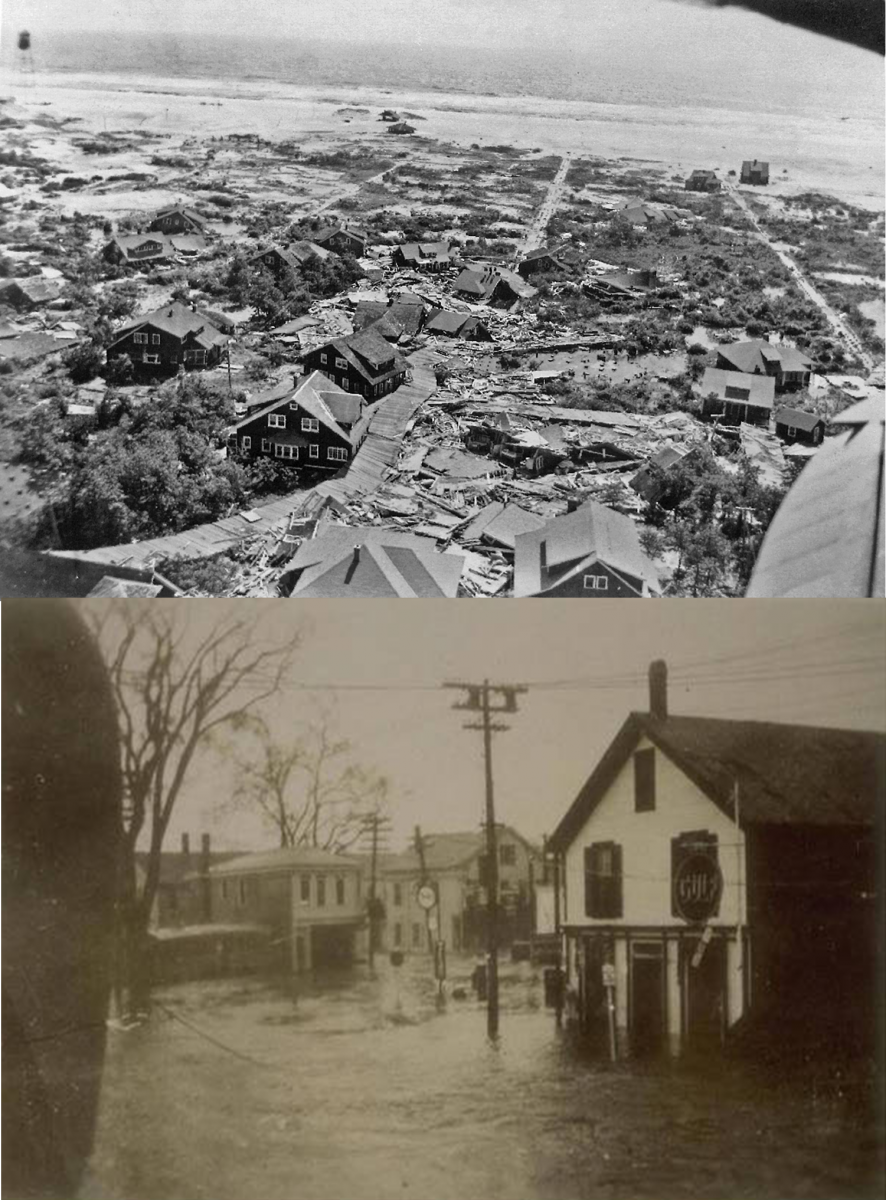The scale used to measure hurricanes was developed in 1971. The worse hurricanes list was compiled mostly by recorded historical accounts of the storm as well as the loss of life.
I think about how we can watch, anytime of the day, what weather is doing. We can see storms forming, and coming our way.
It is crazy to think of what happened prior to technology that warned people of approaching weather... think snow storms, tornadoes, hurricanes...
Connecticut's worst hurricanes 1938 -2011 Pictures and stats
http://www.ctpost.com/news/article/Connecticut-s-worst-hurricanes-3984238.php#photo-3302287
The Great Galveston Hurricane, known regionally as the Great Storm of 1900, was a Category 4 storm, with winds of up to 145 mph (233 km/h), which made landfall on September 8, 1900, in
Galveston, Texas, in the United States. It killed 6,000 to 12,000 people, making it the deadliest natural disaster in U.S. history.
https://en.wikipedia.org/wiki/1900_Galveston_hurricane
A hurricane to remember: The tragic 1906 storm that struck Mobile
There was no radar to warn of the impending hurricane and the local weather bureau had simply raised a storm flag as their instruments reflected bad weather was ahead. This pattern would not change until 1912 and the
Titanic tragedy, after which all ships were required to be fitted with wireless sets, which allowed them to alert coastal towns about bad weather at sea.
On September 27, 1906, a hurricane struck Mobile, causing more than $15 million in damage and drowning an estimated 150 people in the southern part of the county.
The storm moved in on the evening of the 26th, and by the next morning, Mobilians awoke to find the air filled with flying objects – shutters, signs, roof shingles, tree branches, and even bricks from falling walls and chimneys.
https://bellingrath.org/a-hurricane-to-remember-the-tragic-1906-storm-that-struck-mobile/
The hurricane of September 27, 1906 was a Category 2 at landfall.
NOAA’s AOMLsummarizes, ” Destructive winds and unprecedented tides accompanied the storm. At Pensacola, FL, the tide was 10 feet above normal. It was said to have been the most violent storm there in 170 years. The storm’s tide was 9.9 feet above normal. A total of 134 lives were lost from Pensacola, FL to Mississippi in this storm.”
The hurricane was more destructive than any other in the meteorological history of the station, involving a greater loss of property, more numerous marine disasters, and greater destruction to timber. The storm approached this section without any optical premonitory signs or noticeable cloud formations.
http://wkrg.com/2016/09/20/the-hurricane-of-1906-in-pensacola-and-mobile/
The Great New England Hurricane of 1938
On September 21, 1938, one of the most destructive and powerful hurricanes in recorded history struck Long Island and Southern New England. The storm developed near the Cape Verde Islands on September 9, tracking across the Atlantic and up the Eastern Seaboard. The storm hit Long Island and Southern Connecticut on September 21, moving at a forward speed of 47 mph! Sustained hurricane force winds were felt across central and eastern Long Island and southeastern Connecticut. The hurricane produced a destructive storm surge flooding coastal communities as well as producing three to seven inches of rainfall.
Damage to Saltaire, NY, top (Source: saltarian.com) and significant flooding to Mystic, CT, bottom (Source: MysticSeaport.org)










